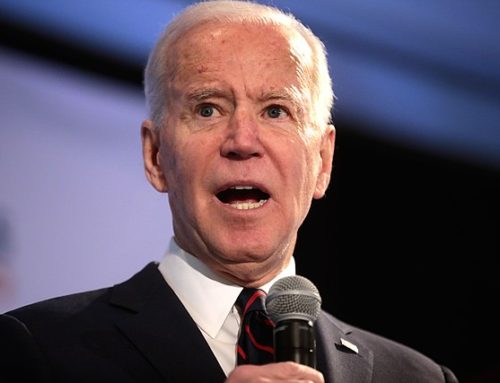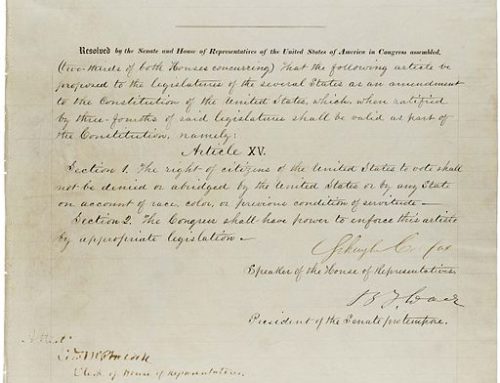The purported reconnaissance flight by some 250 Israeli airplanes over Iran’s fledgling nuclear program reflects several ominous trends.
-
A number of countries have jump-started nuclear programs by obtaining needed technology from Pakistan, Russia, North Korea, and China
-
The development of powerful small nuclear warheads serves as a catalyst for exportation
-
Biological and chemical weapons of mass destruction have escaped scrutiny.
I think almost all us would be surprised by the following list of countries that have nuclear, chemical or biological weapons, and missile delivery systems as of 2000. This list certain might not be either up to date or accurate, but it is a starting point.
Bulgaria
Chile
Ethiopia
Indonesia
Laos
Myanmar
Romania
South Korea
Thailand
Vietnam
Sources and Methods
-
A Chemical Weapons Atlas By E.J. Hogendoorn Bulletin of the Atomic Scientists September/October 1997 Vol. 53, No. 5
-
Chemical and Biological Weapons: Possession and Programs Past and Present
-
“The Specter of Biological Weapons” by Leonard A. Cole Scientific American December 1996
-
Defense Nuclear Agency, Biological Weapons Proliferation (Ft. Detrick, Md.: US Army Medical Research Institute of Infectious Diseases, April 1994), page 46.
-
Sources on Tables Listing Countries of Chemical and Biological Weapon Concern – Proliferation of Weapons of Mass Destruction: Assessing the Risks Office of Technology Assessment OTA-ISC-559, 1994 [Angola, Argentina, Brazil, Chad, Cuba, El Salvador, Mozambique, Nicaragua, Peru, and Philippines are mentioned by a few cited sources as possessing chemical weapons, but most sources do not include them as chemical weapon states, which would bring the total to 29 chemical weapons states].
More than thirty years after the passage of the Nuclear Nonproliferation Treaty (NPT) the record is mixed. The end of the Cold War gave rise to a flurry of non-proliferation and arms control initiatives in the 1990s. However, there are both persistent and new threats to peace, particularly the proliferation of weapons of mass destruction through covert and overt means in potentially serious theaters of regional conflict such as India-Pakistan or the Middle East. The development of nuclear technology by Syria, a backward, terrorist, and poor nation portends the threat of ubiquitous proliferation.
On balance, the possibility of some conflict involving weapons of mass destruction has increased because of
-
dangerous arms racing,
-
unsustainable levels of militarization at the cost of social and economic development
-
nuclearization by unstable or failing states
-
illicit trafficking in nuclear technology and materials
-
rising terrorism and safety lapses in weapons of mass destruction control
A recent article in the Economist, “A hero at home, and a villain abroad” discussed the despicable actions of a Pakistani scientist, Abdul Khan. Khan provided designs for small, ingenious nuclear weapons which could be used on tiny missiles for possibly a whole host of countries—Libya, Iran, North Korea, Algeria, Saudi Arabia, and Syria. Needless to say, once China in the early 1960’s decided to share nuclear technology with Pakistan, the “genie was out of the bottle.”
Weapons of mass destruction are a cause for concern in any context but pose real and present threats in regions that are already plagued by
-
Volatility
-
Undemocratic governance
-
Extremist tendencies creates a sense of added urgency
Originally published in the Sarasota Herald-Tribune



